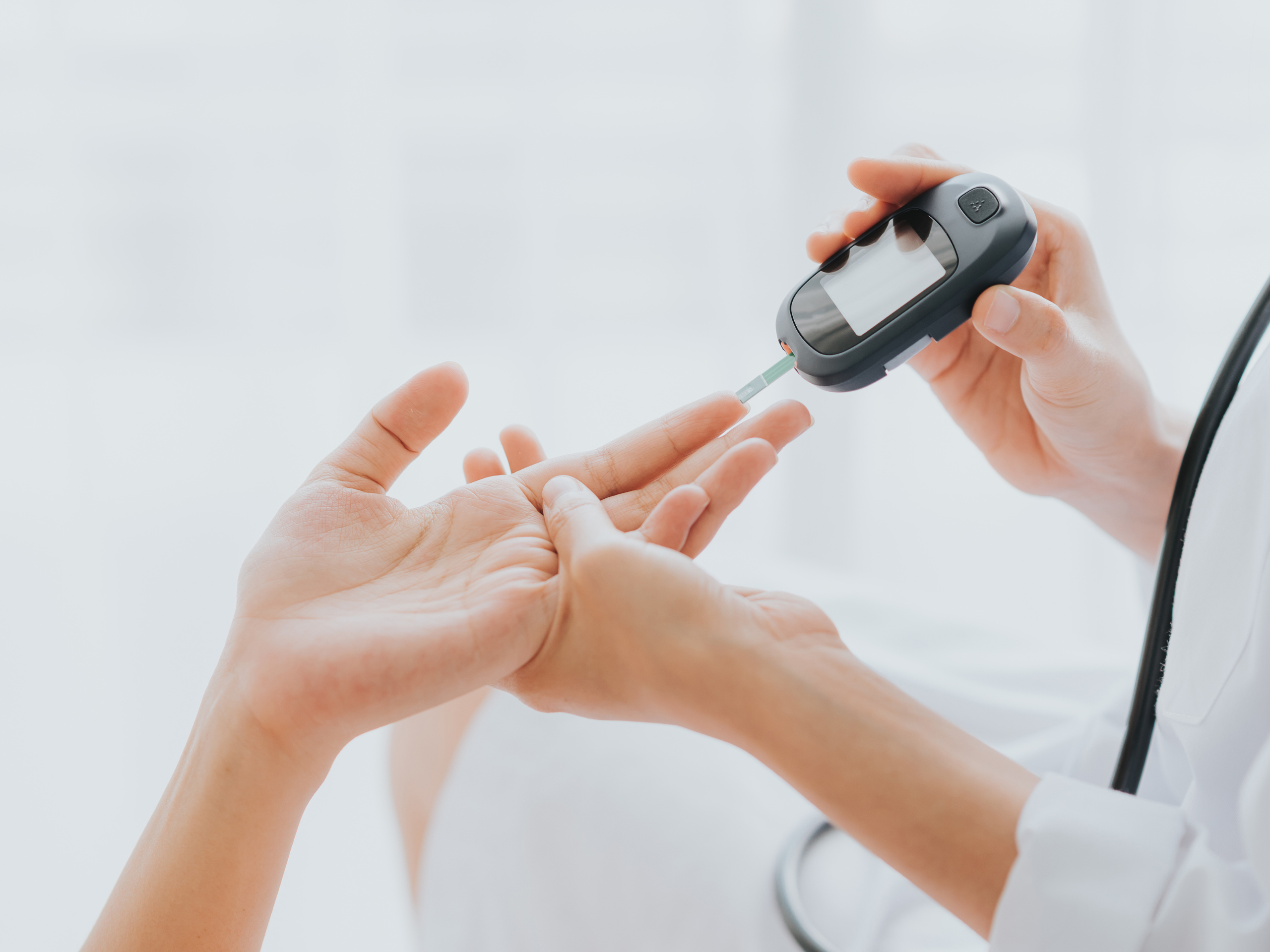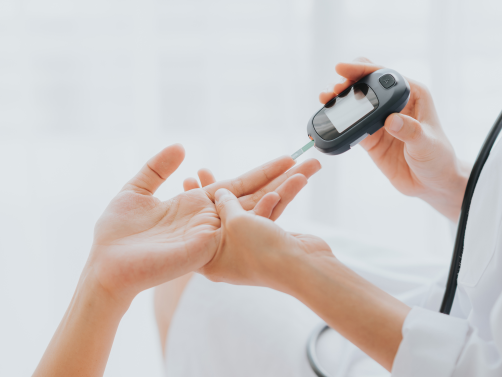A quiet coffee break turned critical in seconds.
Trauma nurse Catherine Rodwell shares how quick action—and a teaspoon of syrup—helped save a life during a sudden diabetic emergency. Whether you’re a parent, teacher, or just someone who wants to be prepared, this story is a powerful reminder of why first aid knowledge matters.
It was an ordinary morning at my favourite local coffee shop—until it wasn’t. As a trauma nurse and founder of Survival® CPR, I’ve learned to notice subtle signs that something’s off. That day, I spotted a couple at a corner table: the gentleman looked pale, beads of sweat glistened on his forehead, and he seemed to be fading in and out of awareness.
Instinct took over. I approached them and introduced myself. His partner was visibly panicked, her eyes darting around for help. I knelt beside him and calmly asked, “Do you have chest pain?” His breathing was shallow and erratic, and he was nearly unresponsive. Sensing the urgency—and drawing on my years of experience in ICU and field rescues—she whispered, “He’s diabetic.”
In diabetic emergencies, time and sugar are critical. I instructed the waiter to bring syrup (avoiding honey due to allergy risks). With careful precision, I placed half a teaspoon of syrup under his tongue. The sublingual route ensures the fastest absorption without risking aspiration, which can happen if someone is semi-conscious and tries to swallow.
While waiting, I loosened his collar and sponged his face with a damp cloth. Within moments, colour returned to his cheeks and his eyes regained focus. He blinked, then smiled with relief. A simple intervention—giving sugar—had reversed his hypoglycemic state.
Why Sugar, Not Insulin?
- Hypoglycemia vs. Hyperglycemia: You can’t tell on sight whether a diabetic’s blood sugar is too low (hypo) or too high (hyper) without testing.
- Safety First: Administering insulin to someone already low on sugar can plunge them further into danger, potentially causing loss of consciousness or worse.
- Sugar Has No Downside: If their blood sugar is high, a small amount of sugar won’t harm them, but if it’s low, it can save a life.
After he stabilized, I urged them to follow up with their doctor within the next 12–24 hours to monitor his glucose levels and adjust his management plan.
By Sister Catherine Rodwell
Founder, Survival® CPR
About the Author:
Founded in 2001 by Sister Catherine Rodwell—a seasoned trauma and ICU expert who has led medical evacuations across Africa—Survival® CPR empowers parents, nannies, childminders, teachers, and employees with life-saving skills. Catherine’s mission is to equip everyday heroes with the confidence and know-how to respond effectively in emergencies.
Feeling inspired to become the calm in a crisis?

Nanny and Childminder CPR and First Aid Course
Nanny / Childminder CPR & First Aid Course As a parent, it is important that the person looking after your child has the skills to handle an emergency at home. Whether your child is in the care of a nanny or childminder, it’s crucial to ensure they are equipped with

Online Baby & Child CPR and First Aid Course
Online Baby And Child CPR And First Aid Course Empower yourself to handle emergencies with our comprehensive Online Course. Perfect for new and expectant parents, grandparents, childminders, and anyone caring for young ones. Learn crucial First Aid skills and lifesaving CPR techniques led by owner and founder of Survival CPR®,
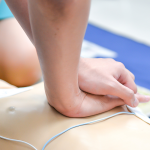
BLS (Basic Life Support) Course
Basic Life Support Course This American Heart Association Course is designed for medical professionals (physiotherapists, chiropractors, homeopaths, doctors, nurses, dentists, pharmacists etc), who are registered with the Health Professions Council of South Africa. Course Cost Members of the public are also allowed to attend this Course R 1450 Acquire10 CPD

Pre-School to High School CPR and First Aid Courses
Pre-School to High School CPR and First Aid Courses Ensure the safety of young lives with our comprehensive CPR and First Aid Course. This vital training is tailored to the unique needs of Preschool, Primary School, and High School staff, empowering them to respond effectively to accidents and medical emergencies.
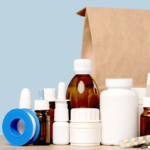
Safe Administration and Storage Of Medications In Schools
Safe Administration and Storage Of Medications In Schools Course This course is tailor-made for the school setting, educators and affiliated staff. You will also learn how to handle certain emergency situations as well as life saving CPR skills. This course is a must for all schools. Enrol now to gain
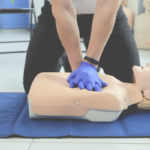
Level 1 First Aid Course
Level 1 First Aid Course Any workplace with more than ten employees must have a trained first aider and first aid supplies on the premises, according to the Occupational Health and Safety Act. We offer you a First Aid accredited Course. Course Cost accredited by HWSETA and aligned to Unit
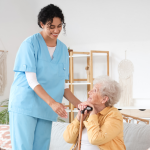
Caregiver Course
Caregiver Course Are you passionate about helping others? Our Caregiver Course equips you with the skills and knowledge needed to provide compassionate care to a diverse range of individuals, including babies, the elderly, patients with Alzheimer’s or dementia, the terminally ill, paraplegic individuals, stroke survivors, and so much more. Course
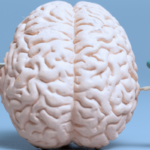
The Importance of learning First Aid if your child has a brain injury
As parents, our greatest wish is to provide our children with a safe and nurturing environment, ensuring they have the opportunities and care we may not have experienced ourselves. We navigate through their milestones, holding their hands as they learn to walk, climb, and explore the world around them. However,

The Importance of Learning CPR and First Aid for Teenagers
As parents, learning CPR and first aid is not just about personal readiness; it’s a powerful tool in ensuring the safety and well-being of our adolescent children. Here’s why it’s crucial for parents to acquire these life-saving skills for their teenage children. Sister Catherine writes about the importance of learning

